How to befriend oily skin? Which products to choose to make it finally glow with health instead of greasy shine?

Oily Skin: Unveiling the Secrets of Care
If your skin shines but it doesn’t make you happy, if you often feel unbearable greasiness, if you are constantly looking for products that do not weigh down your skin, and if finding a suitable sunscreen is still a challenge, we can confidently assume that you have oily skin.
Admit it, sometimes this greasiness is so annoying that you want to grab the most aggressive cleanser (whose composition is close to dishwashing detergent), wash your face with hot water until it squeaks, and then apply a cream labeled “mattifying.” And no moisturizing!
Well, if you want to destroy your protective barrier and get dermatitis, this scheme will definitely help you.
If your priority is healthy skin and a feeling of comfort, our article will help you.
Cleansing Oily Skin
When we talk about cleansing (any) skin, we must remember that we need at least two products: a makeup remover and a face wash.
Makeup Remover
The makeup remover is important to use as the first step in your evening routine, even if you do not use decorative cosmetics. It is necessary to cleanse the skin of sunscreen and accumulated impurities in the pores.
For makeup removal, you can choose micellar water, hydrophilic oil, or balm.
We know that owners of oily skin usually prefer micellar water because they are afraid to apply oily textures to their skin. This is completely unfounded, as hydrophilic products penetrate the pores deeper and clean them more effectively. For cleansing oily-prone skin, it is better to choose the most liquid hydrophilic oils based on non-comedogenic sunflower, rosehip, safflower oils, or grape and apricot kernel oils.
Examples of hydrophilic oils for oily skin:
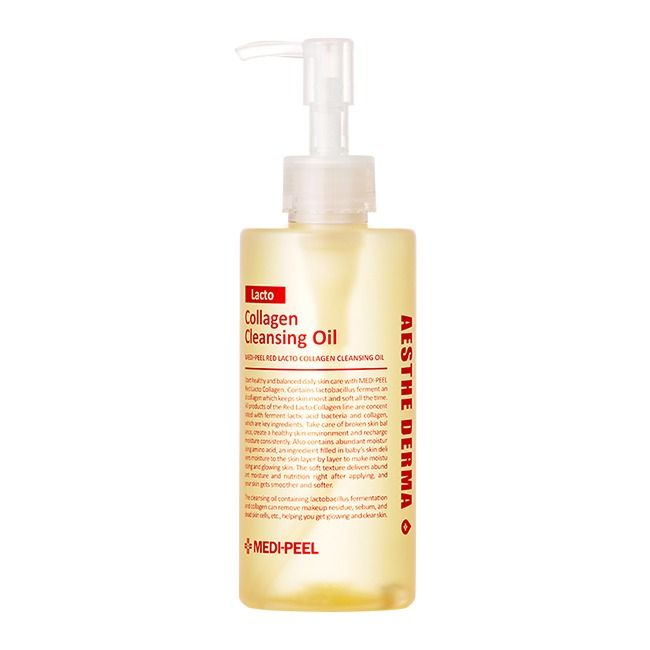
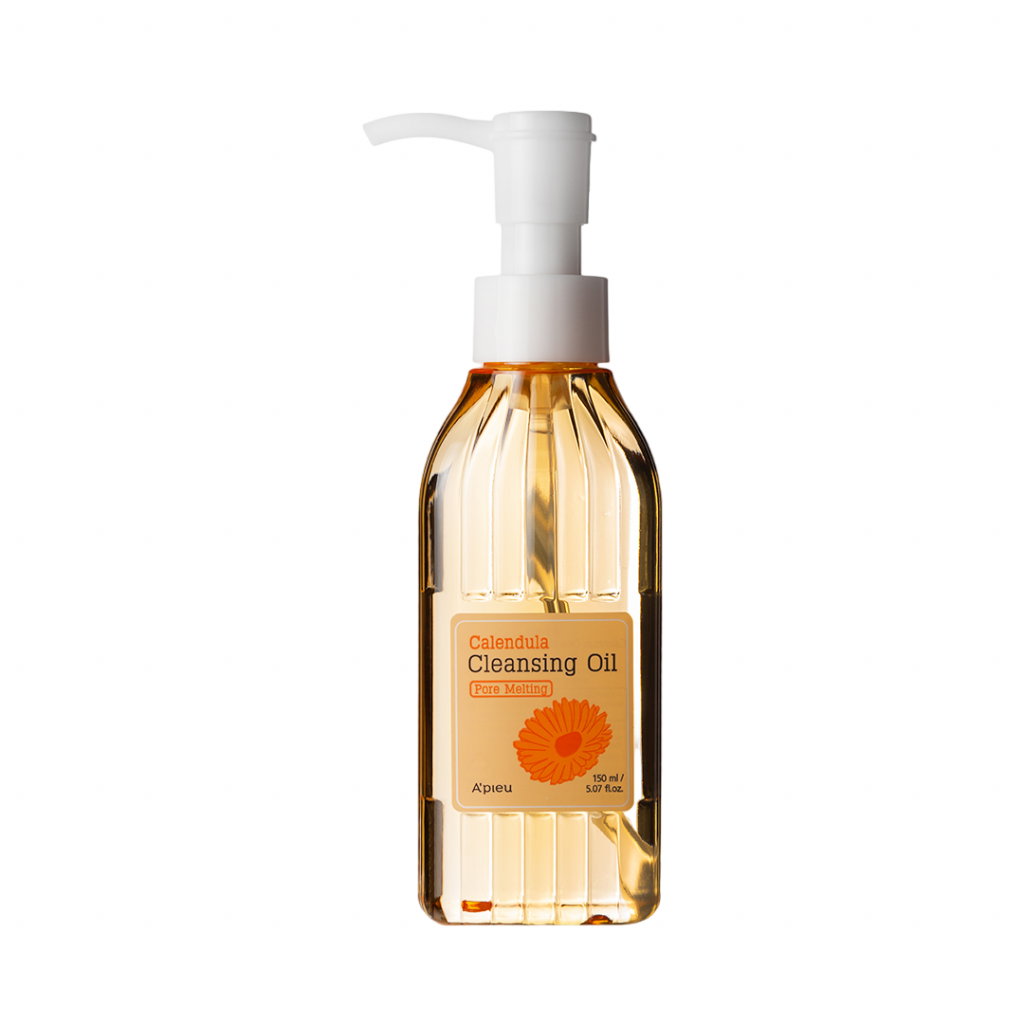
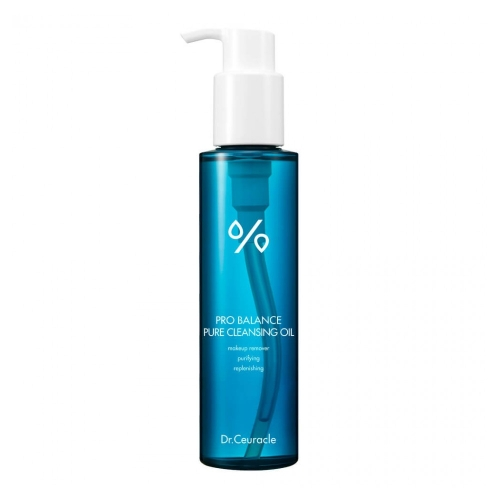
Face Washing
When your skin is prone to oiliness, you may have an impulsive desire to clean it to the point of squeaking to finally get rid of that greasiness. So, you choose aggressive cleansers with harsh surfactants (SLS, SLES), wash your face, get the long-awaited feeling of “cleanliness and matte finish” and rejoice…
But the joy is short-lived, as the skin, shocked by such aggressive cleansing, begins to protect itself, producing even more sebum and becoming even greasier.
Remember: a face wash for oily skin should be gentle, clean well, and not overdry.
It should contain gentle surfactants and components that regulate oiliness: niacinamide, zinc, or seboregulating complexes. For more intensive cleansing, you can choose acid cleansers — they normalize the high pH of oily skin, which positively affects the microbiome.
Examples of cleansers for oily skin:
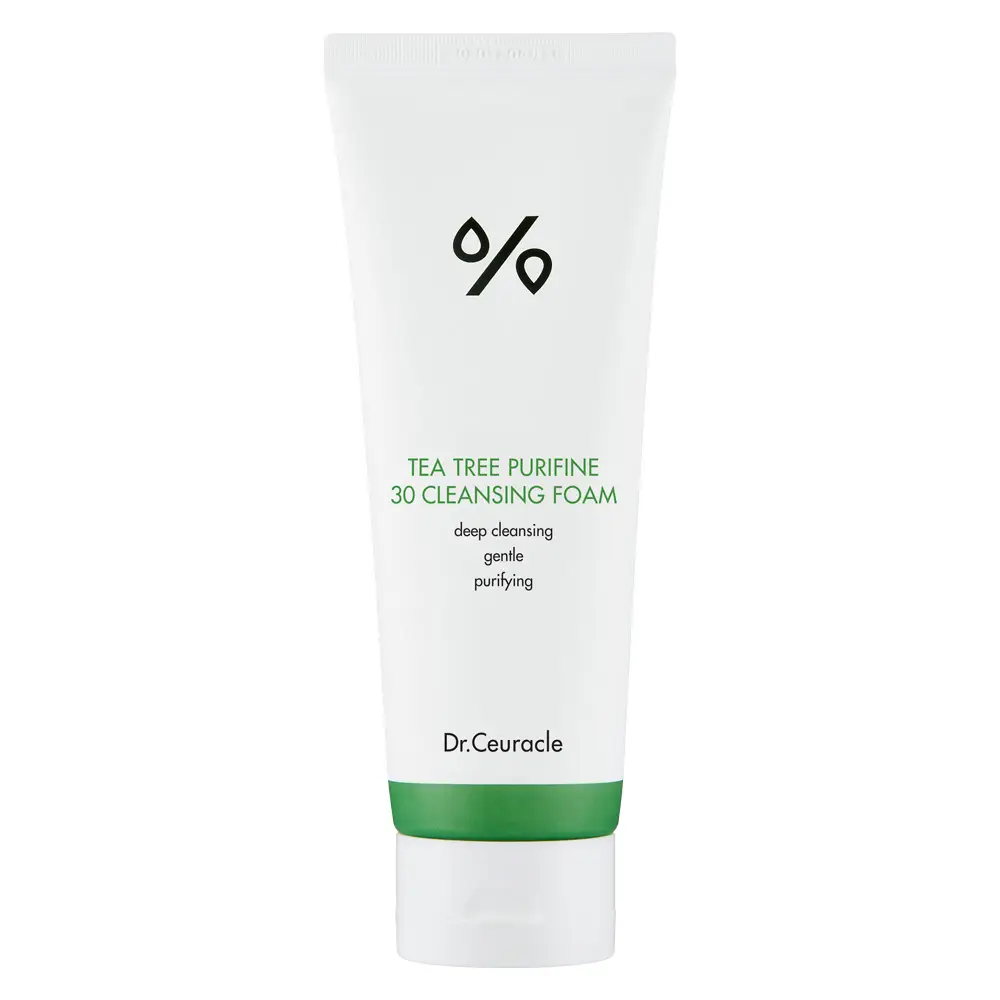
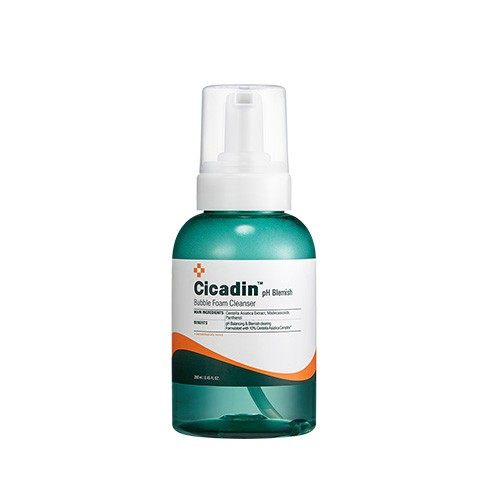
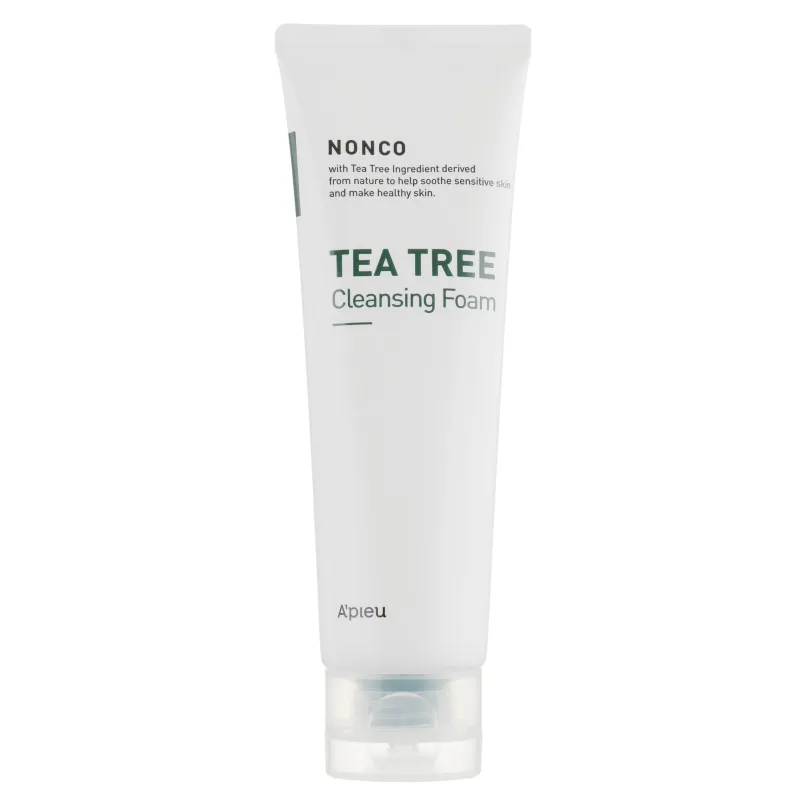
Exfoliation
Regular exfoliation (i.e., removing dead cells from the surface of the epidermis) is necessary to:
- Prevent the formation of acne and blackheads
- Make the skin texture more even and reduce the appearance of enlarged pores
- Improve the absorption and effectiveness of other skincare products
- Make the skin smooth and give it a healthy glow
- Reduce sebum secretion (most exfoliants are excellent seboregulators)
Therefore, we recommend introducing enzyme powder, acid peel, pads, or peeling gel into your routine 1-3 times a week.
Important: never use scrubs — they only traumatize the facial skin and provoke inflammatory processes.
Examples of exfoliants for oily skin:
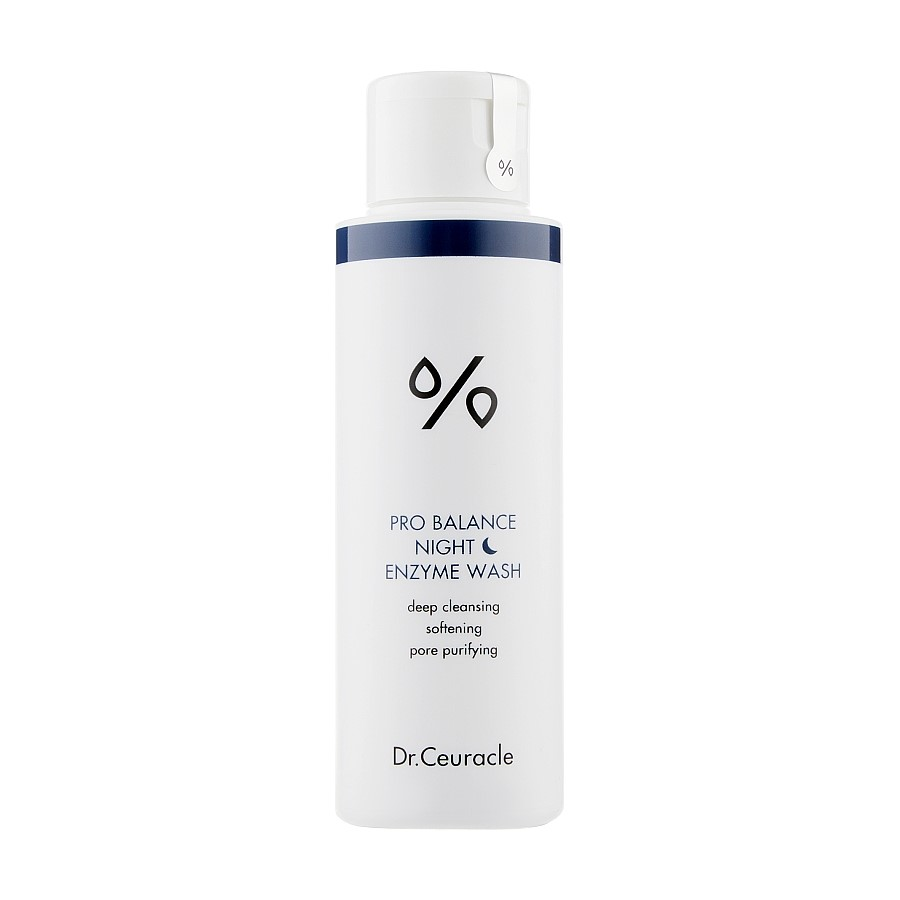
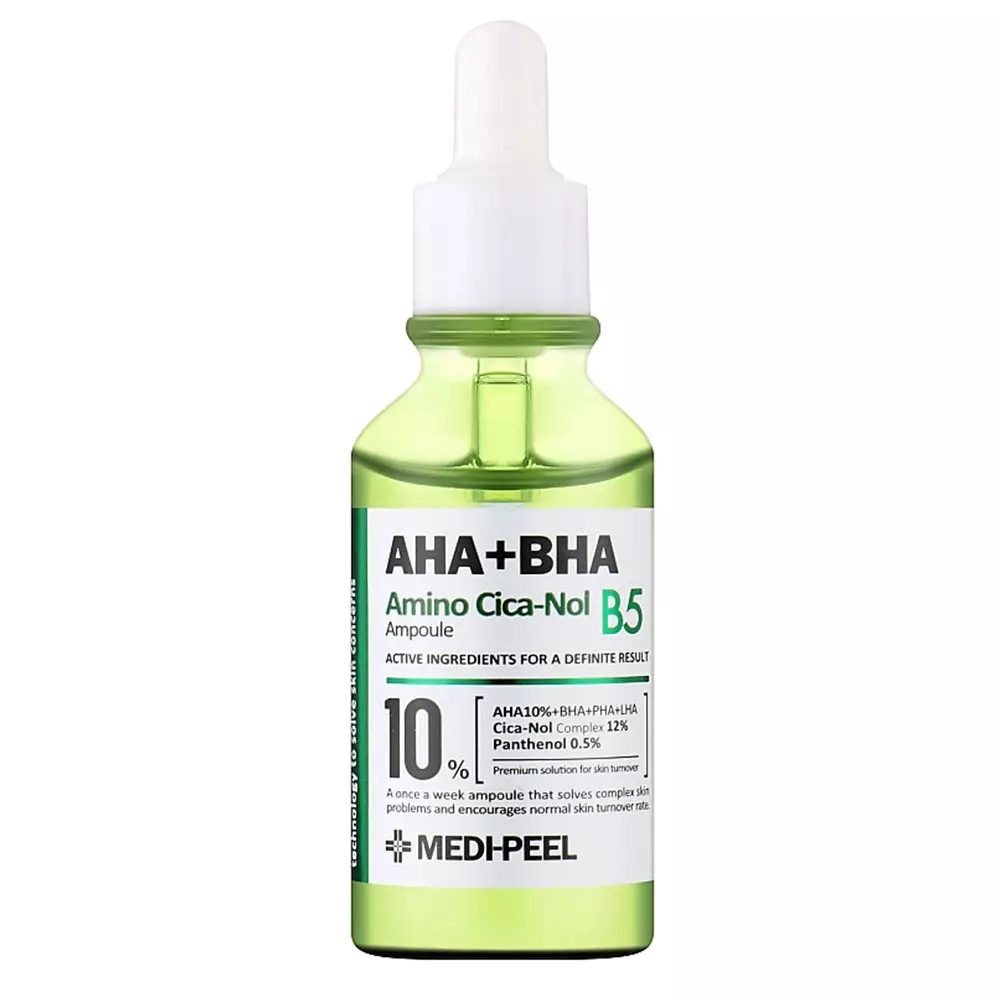
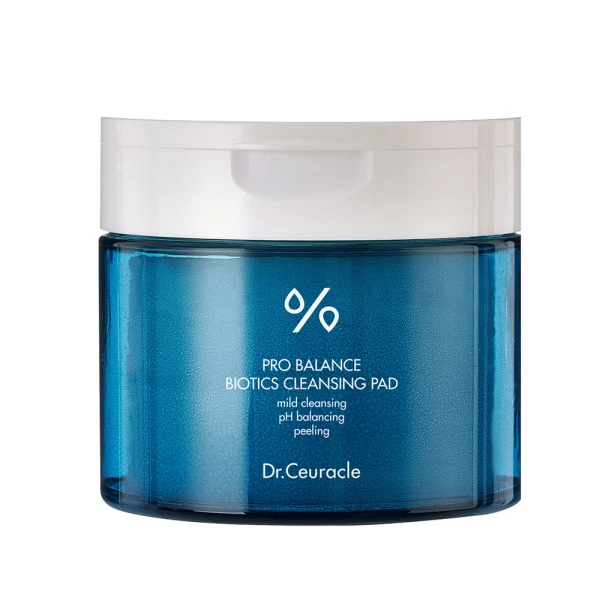
Seboregulation — Your Must-Have
Usually, owners of oily skin focus on mattifying the skin, so they actively buy products labeled “mattifying.” On the back of such product labels, you can find ingredients like clay (Kaolin), charcoal powder, which can absorb excess sebum. There is absolutely nothing wrong with this, the only nuance is that the effect of these products is purely visual: that is, temporarily, your skin will seem less oily, but sebum secretion will not decrease.
That is why we advise adding seboregulators to your care: products with niacinamide, zinc, vitamin C, or seboregulating complexes. With regular use in your routine, you will truly notice a reduction in oiliness in the long term. Seboregulators come in various formats: serum, toner, cream, sunscreen. Therefore, you can add them at any stage of the routine and combine them.
Examples of products containing seboregulating components:

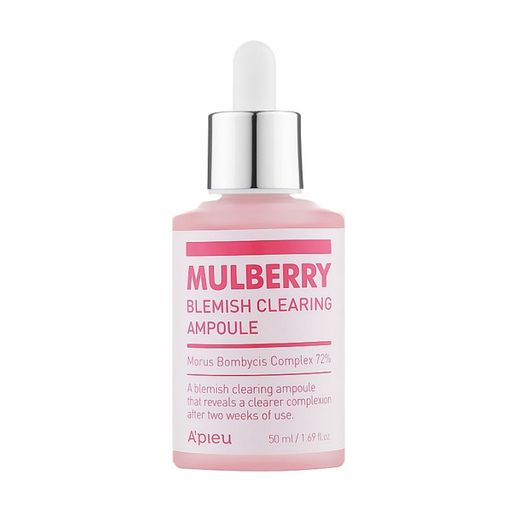
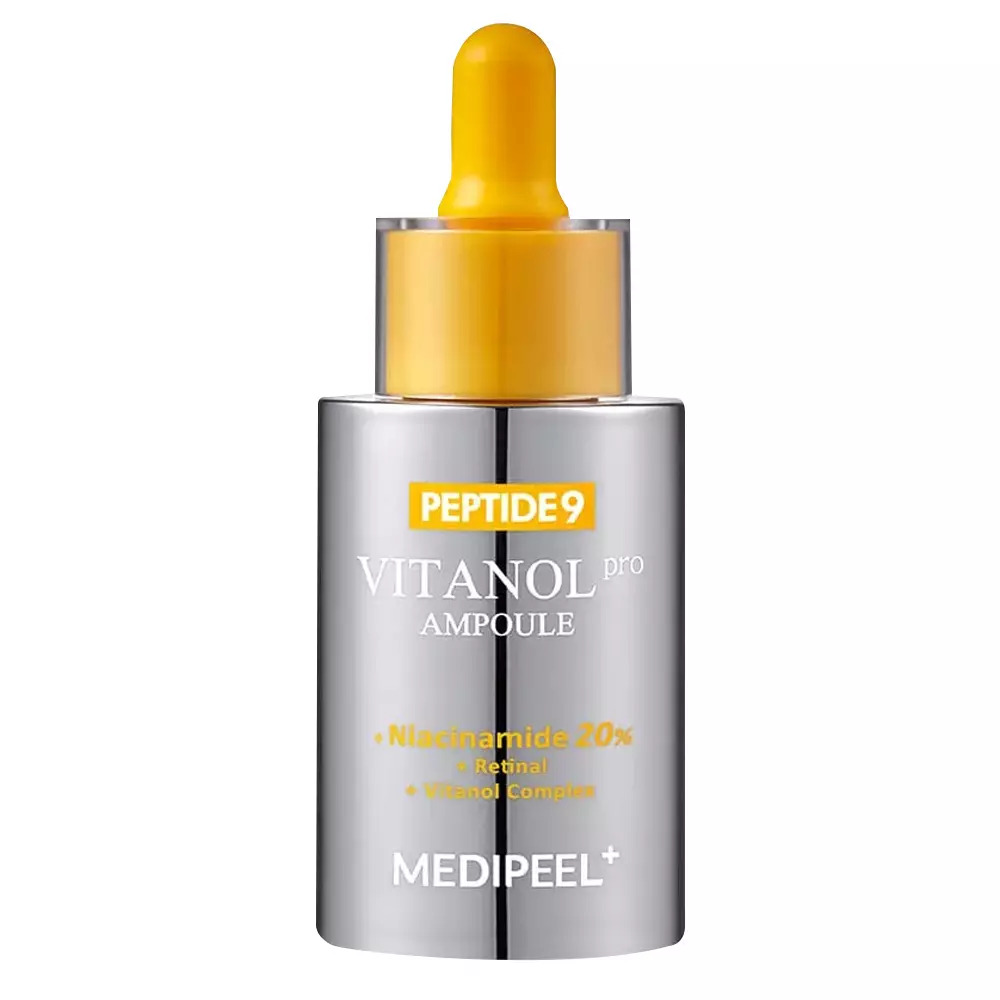
Microbiome Support
Excessive sebum production leads to an increase in skin pH. This adversely affects the microbiome — the balance of beneficial bacteria and harmful microorganisms living on the skin is disrupted, leading to unpleasant symptoms such as dryness, increased skin sensitivity, breakouts, and various types of dermatitis.
To support the microbiome, it is worth adding products containing probiotics and prebiotics to your care. They help strengthen the skin’s protective barrier and significantly improve its overall condition.
Examples of products with biotics:
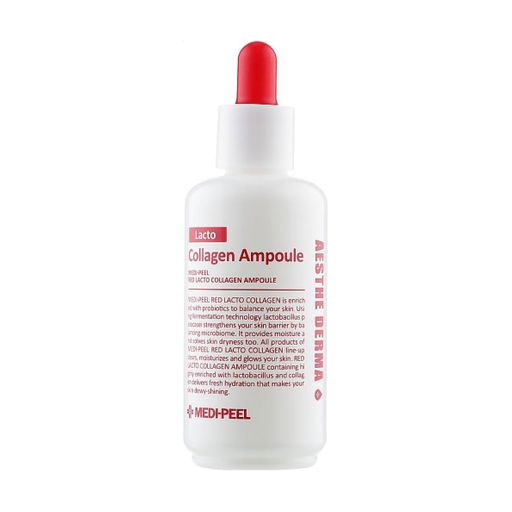
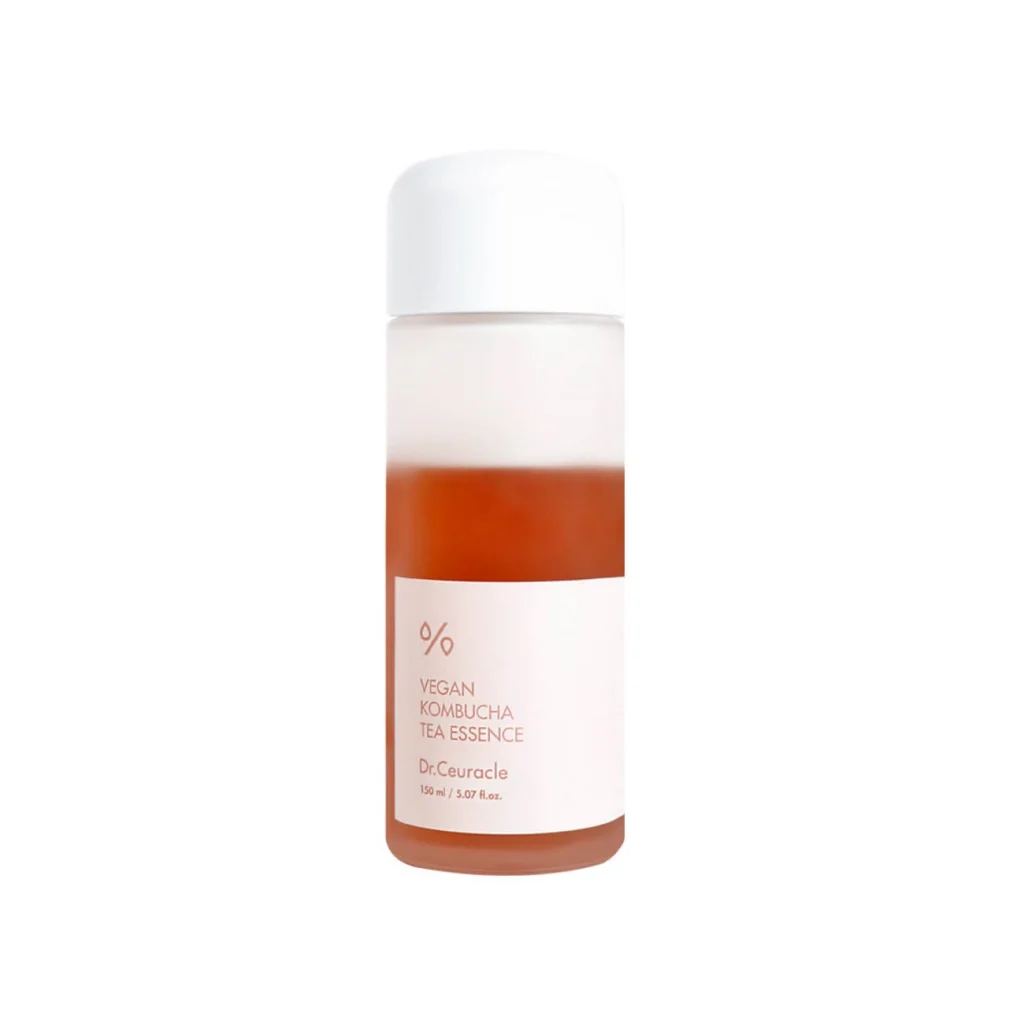
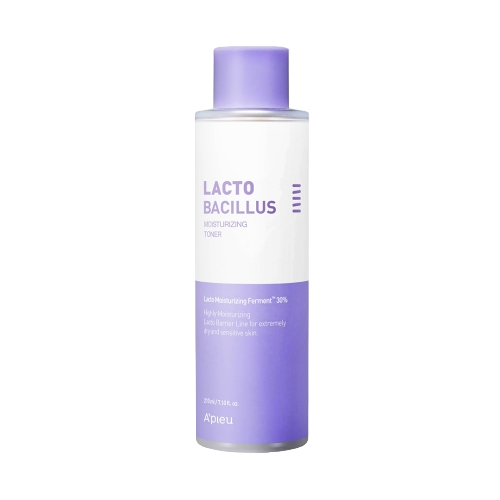
Don’t Forget Moisturizing
If you think that oily skin doesn’t need moisturizing, are afraid of it, and ignore it, know that your skin will not thank you for this.
Oiliness and hydration are different conditions. Yes, the skin can be oily on the surface and absolutely dry inside. When it is dehydrated, it starts to produce more oil to compensate for the lack of moisture. Therefore, moisturizing helps maintain an optimal hydration level, ensures elasticity, and reduces excessive sebum production.
It is also important to understand that two types of products are responsible for skin hydration:
- Those with a watery texture (toners, serums, essences): they are responsible for delivering moisture to the skin
- Those with a creamy texture (creams, cream-gels, lotions, emulsions): they ensure moisture retention and support the skin barrier
The main thing is that moisturizing products are comfortable for you: easily penetrate the skin and are non-comedogenic (i.e., they do not clog pores and do not cause breakouts).
P.S. The moisturizing function is performed by the same products that we added to the examples in the blocks about microbiome support and seboregulation (as well as sunscreens, which we mention next).
What About Sun Protection?
We never tire of reminding you: whatever your skin type, sun protection is a must-have in your morning routine.
We understand that finding a comfortable sunscreen for oily skin is quite a challenge. However, there is currently a huge variety of sunscreens on the market, with completely different textures and cool skincare properties for various skin needs — so you will definitely find yours.



Leave a Comment